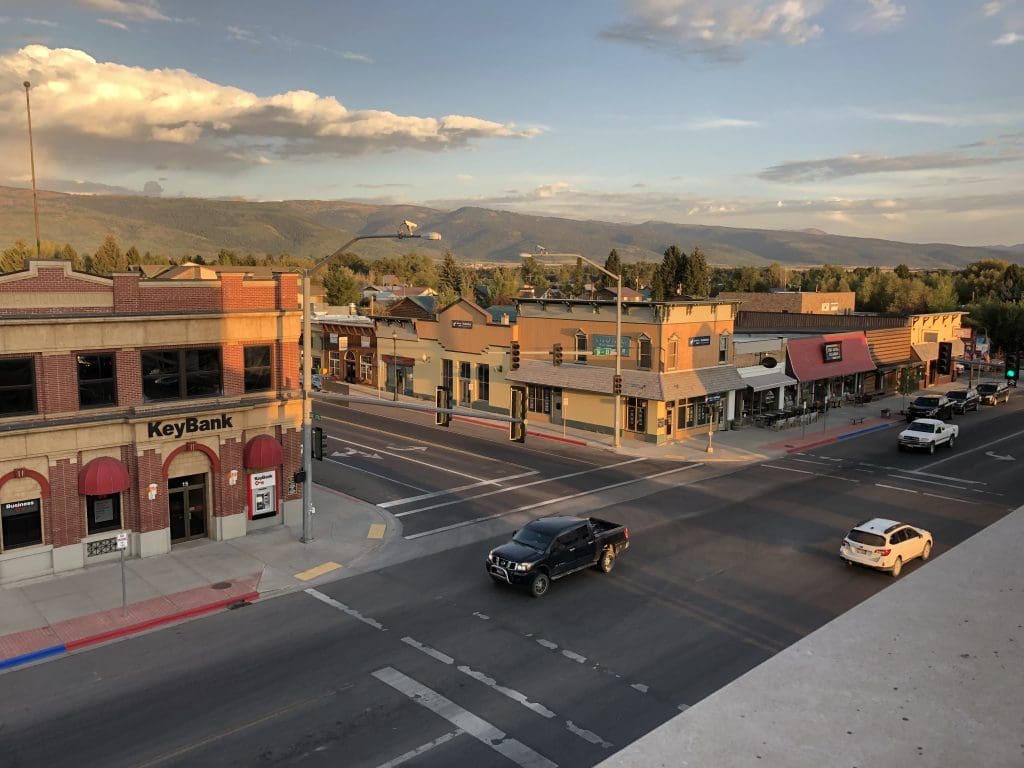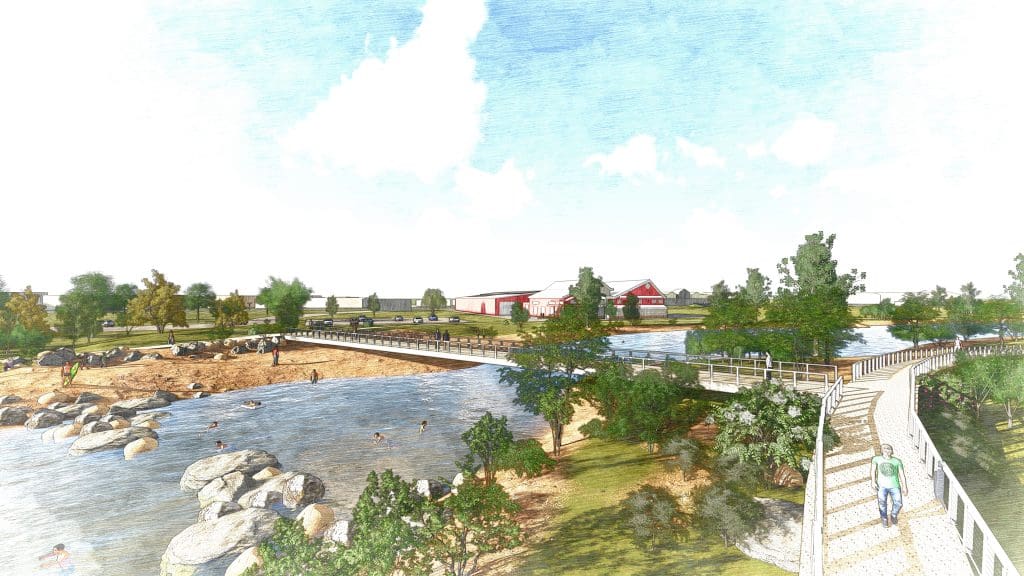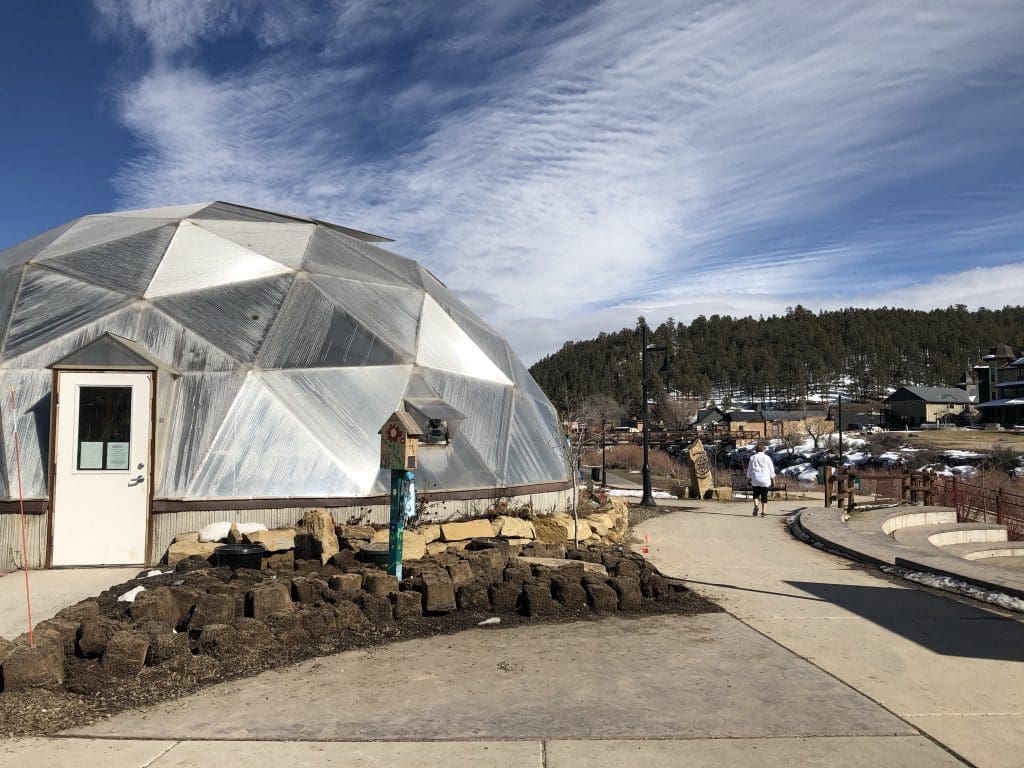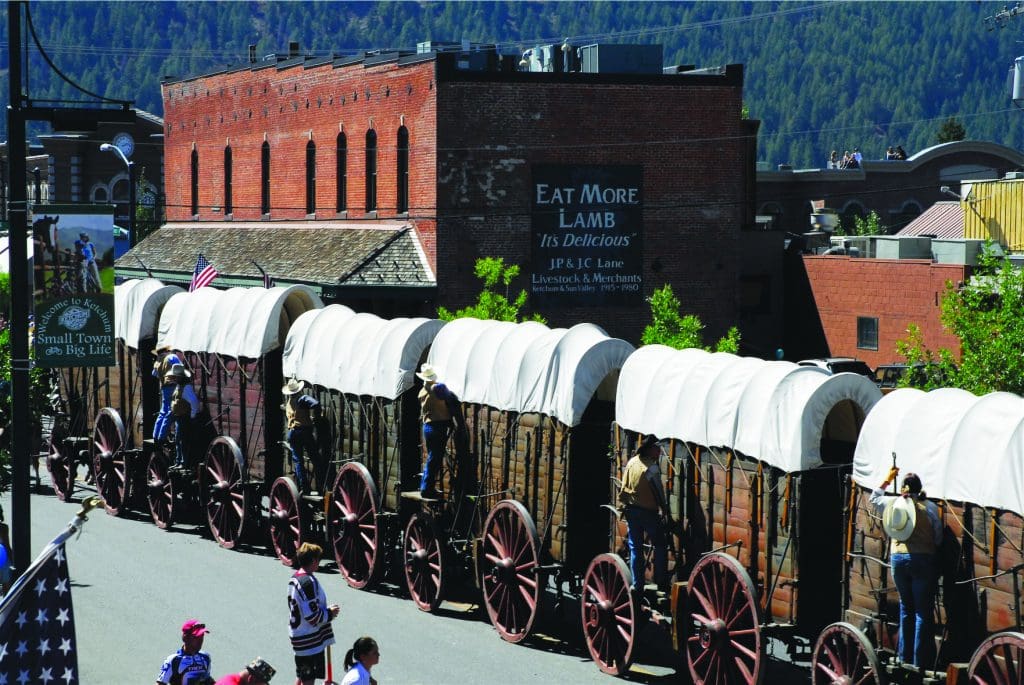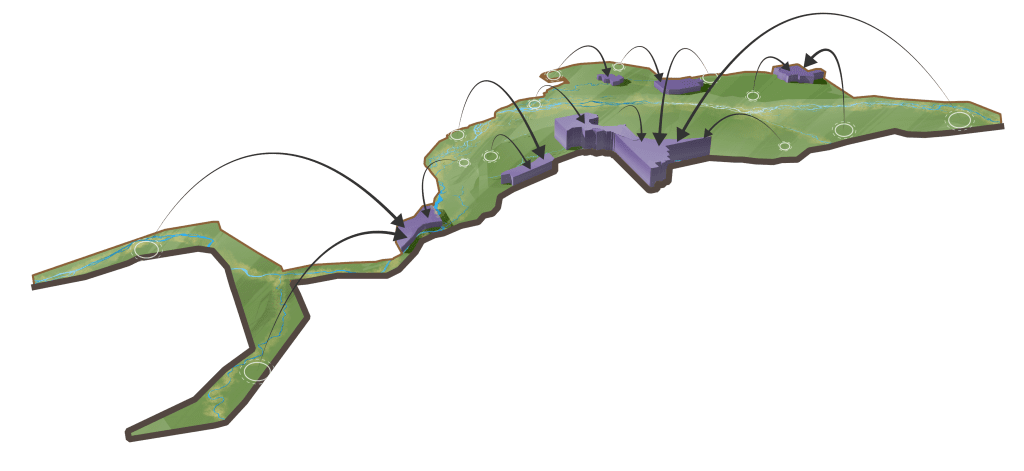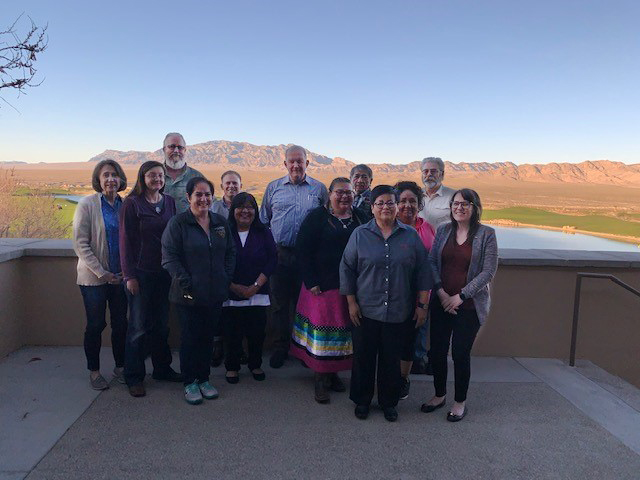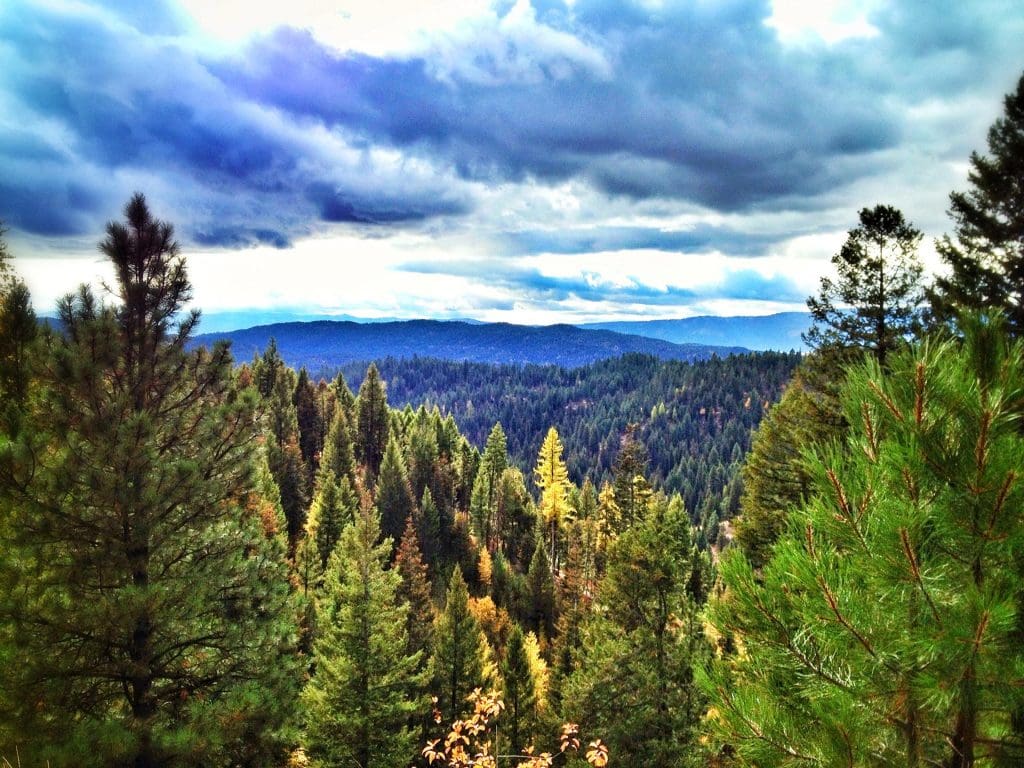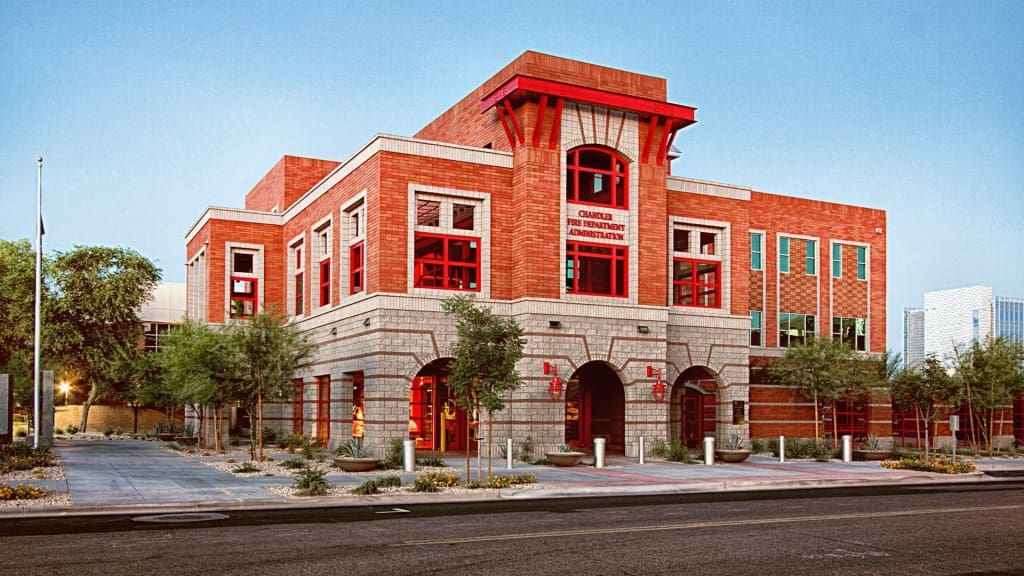Uniquely Driggs Comprehensive Plan, Idaho
Located between the Tetons and the Big Hole Mountains, Driggs has a thriving community of 1,800 residents. Logan Simpson developed a comprehensive plan update with a primary focus on health, with opportunities to improve health in the built environment integrated in to every element of the document. The boom and bust tourism economy has impacted Driggs […]
Uniquely Driggs Comprehensive Plan, Idaho Read More »

